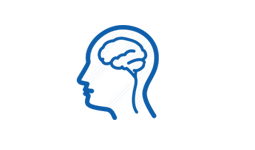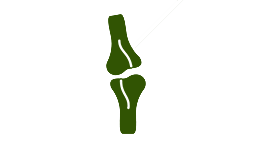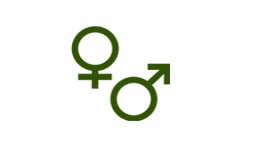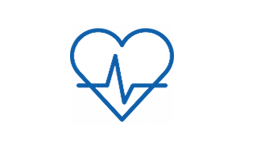Rheumatoid Arthritis (Amavata) is a joint disorder which affects multiple joints at various sites. It is described as “Amavata” in Ayurveda. The word ‘Ama’ means toxic material generated as an unwholesome product in the body due to weakening of the digestive fire. This ‘Ama’ is then carried by Vata Dosha, travels throughout the body and accumulates in the joints which are the seat of Kapha Dosha. As this process continues, all the joints are gradually affected, which results in severe pain and swelling. When Pitta Dosha also gets aggravated, it causes burning sensation around the joints.
The treatment of Amavata includes Langhana (fasting), Ruksha sveda (dry fomentation), internal administration of hot water, use of bitter and pungent food and medicine and digestives, Virechana (purgation therapy), Sneha pana (internal administration of medicated fats) and Basti: Anuvasana (oil enema) and Asthapana Basti (decoction enema).
Osteoarthritis (Sandhivata) degenerative joint disease is the most common form of arthritis, affecting millions of people around the world. Often called wear-and-tear arthritis, osteoarthritis occurs when the protective cartilage on the ends of bones wears down over time. It causes pain, swelling and reduced motion in the joints. Osteoarthritis can occur in any joint, but usually it affects the hands, knees, hips or spine. Osteoarthritis involves the entire joint, including the nearby muscles, underlying bone, ligaments, joint lining (synovium), and the joint cover (capsule). A variety of causes, hereditary, developmental, metabolic, and mechanical may initiate processes leading to loss of cartilage.
The common treatments of diseases due to the vitiation of the Vata Dosha like Snehana (oleation), Svedana (fomentation), mild purification, Basti (enemas) and Vata subsiding medicines, food and lifestyle are also applicable in Sandhivata





